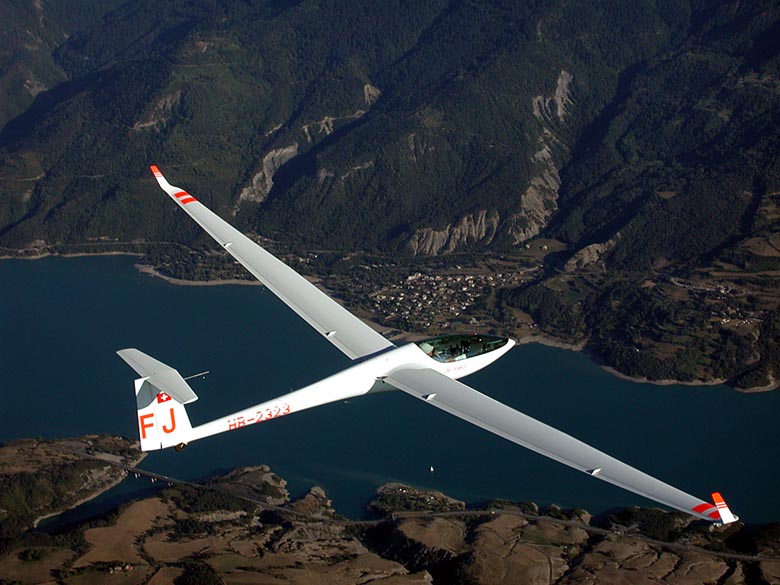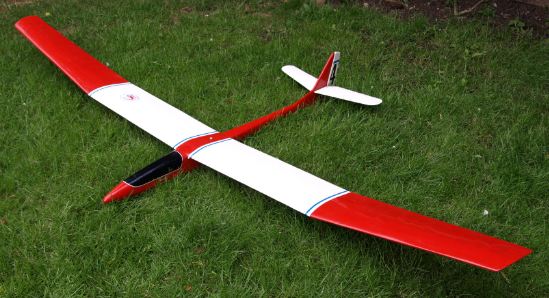Innovations in Glider Design Over the Years
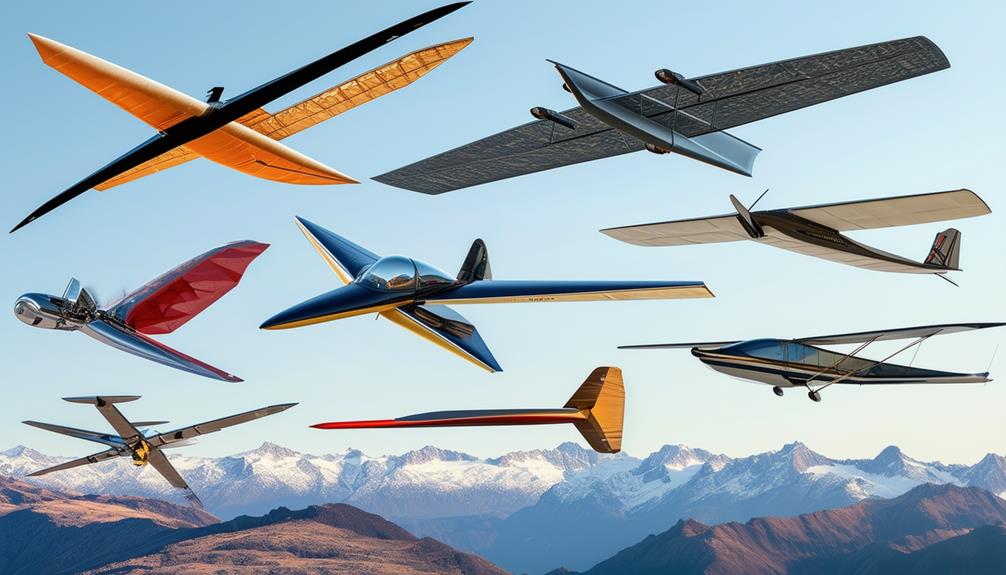
When you think about glider design, you might imagine the simple, early models from the past. However, glider technology has advanced significantly.
Innovations such as lightweight carbon fiber materials and sophisticated GPS systems have revolutionized the sport. These changes have not only enhanced aerodynamics but also improved safety.
Exploring the latest advancements reveals a future that could redefine our understanding of flight.
Key Takeaways
- The introduction of carbon fiber in the 1990s significantly improved glider performance and structural efficiency.
- The use of Computer-Aided Design (CAD) has optimized aerodynamic design and structural integrity in modern gliders.
- Advanced instrumentation like GPS and variometers has enhanced navigation and flight performance.
- Modern gliders achieve exceptional glide ratios, with open-class models such as the ETA exceeding 70:1.
- Future trends include electric propulsion systems and autonomous flying technologies, aimed at improving accessibility and safety.
Early Developments
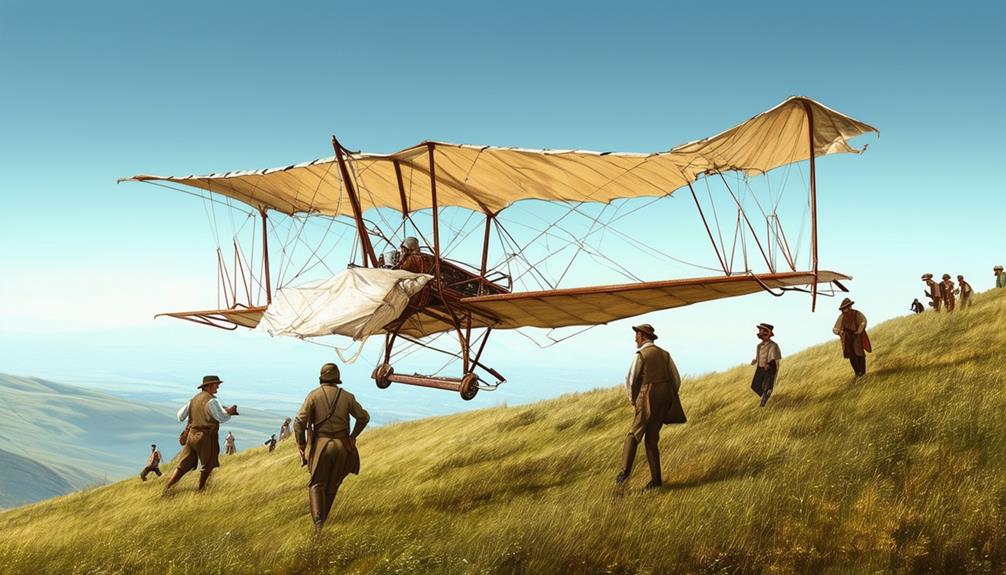
When George Cayley built the world's first glider in 1853, he laid the groundwork for future innovations in glider design. Sir George Cayley's early gliders were revolutionary, establishing principles that would shape the field of aviation.
His initial glider, although rudimentary by today's standards, incorporated essential principles of aerodynamics and lightweight construction that remain relevant.
Early gliders, including Cayley's, prioritized simplicity and efficiency. Materials like spruce and plywood were commonly used, offering the necessary strength without excessive weight. These early designs focused on maximizing gliding distance and ensuring pilot safety, even without modern technology.
By the late 1920s, primary gliders became more prevalent. These single-seat gliders, often without enclosed cockpits, emphasized simplicity and reduced weight. Despite their basic design, they were crucial in advancing our understanding of gliding dynamics and aerodynamics.
The Slingsby T.3, an early 1930s primary glider, demonstrated these advancements with its lightweight design and improved structural integrity.
Material Advancements
Advancements in materials have revolutionized modern glider design, significantly enhancing performance and efficiency. In the 1950s, the extensive use of glass fiber in the Akaflieg Stuttgart FS-24 Phönix marked a pivotal improvement. Its high strength-to-weight ratio and reduced drag set new standards for glider performance.
By the 1990s, the introduction of carbon fiber and carbon kevlar further transformed glider design. These advanced materials provided even greater strength and lighter weight, leading to remarkable performance gains. Modern 18-meter gliders like the ASG29 now boast impressive glide ratios exceeding 50:1, highlighting the impact of these materials.
Open-class gliders, such as the ETA, achieve glide ratios over 70:1, exemplifying the continuous evolution in materials and design.
The use of computer-aided design (CAD) has been crucial in optimizing aerodynamics and structural integrity, ensuring that advanced materials like carbon fiber are fully utilized.
Aerodynamic Innovations
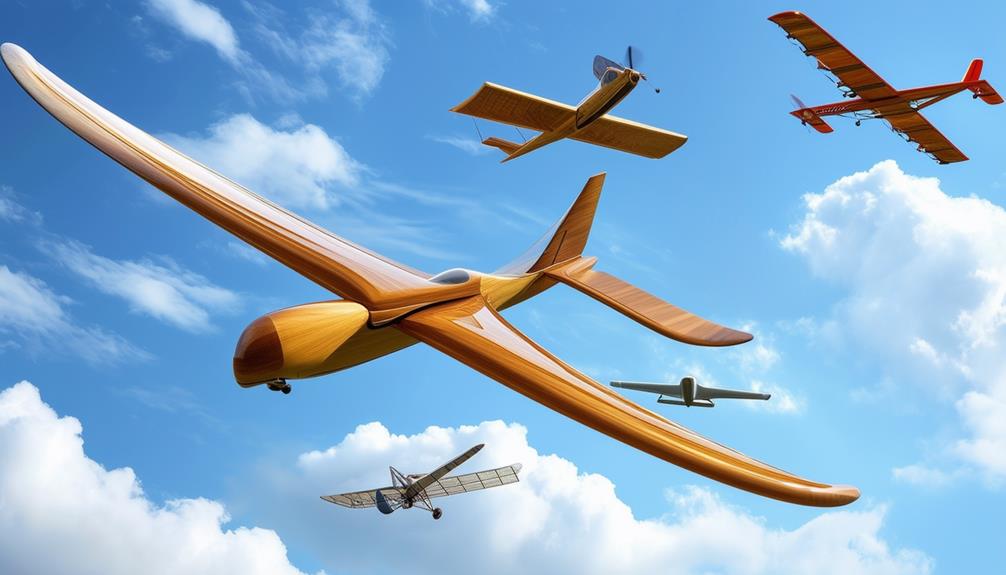
Aerodynamic innovations in glider design focus on creating streamlined shapes and reducing drag to optimize performance. By incorporating aerodynamic shapes and lightweight materials like carbon fiber and fiberglass, designers enhance speed and efficiency. These materials offer both strength and minimal drag, ensuring smooth movement through the air.
To reduce drag and increase aerodynamic efficiency, several strategies are employed:
- Streamlined Design: Refining the shape of the glider's body and wings minimizes airflow disruption, enabling smoother and faster flight.
- Use of Carbon Fiber: This strong, lightweight material builds durable and efficient gliders capable of achieving higher speeds with less energy.
- Innovative Wing Design: Advanced wing shapes and configurations are developed to further reduce drag and boost lift, contributing to superior performance.
These innovations ensure that modern gliders benefit from advanced aerodynamic principles, resulting in superior performance.
Instrumentation Enhancements
Building on aerodynamic innovations, modern gliders now feature advanced instrumentation like variometers and GPS systems to optimize flight performance. Variometers are crucial for detecting vertical speed changes, allowing pilots to improve speed control and maintain altitude effectively. These instruments help you quickly identify rising air currents, essential for prolonged flight.
GPS systems and moving map displays in the cockpit enable efficient navigation and strategic decision-making. They provide real-time data that can be pivotal during long flights, ensuring you optimize your flight performance. Here's a breakdown of how these enhancements benefit you:
| Instrumentation | Benefits |
|---|---|
| Variometers | Detect vertical speed changes |
| GPS Systems | Navigate efficiently |
| Moving Map Displays | Provide real-time navigation data |
| Optimizing Speed | Improve speed control and altitude |
| Strategic Decisions | Enhance flight performance on long flights |
These tools collectively enable you to fly more skillfully and safely. Variometers indicate when to climb or descend, while GPS systems and moving map displays guide your route with precision. This allows you to focus on the nuances of piloting, while technology handles data collection and analysis. The synergy between human skill and advanced instrumentation is a hallmark of modern glider design.
Future Trends
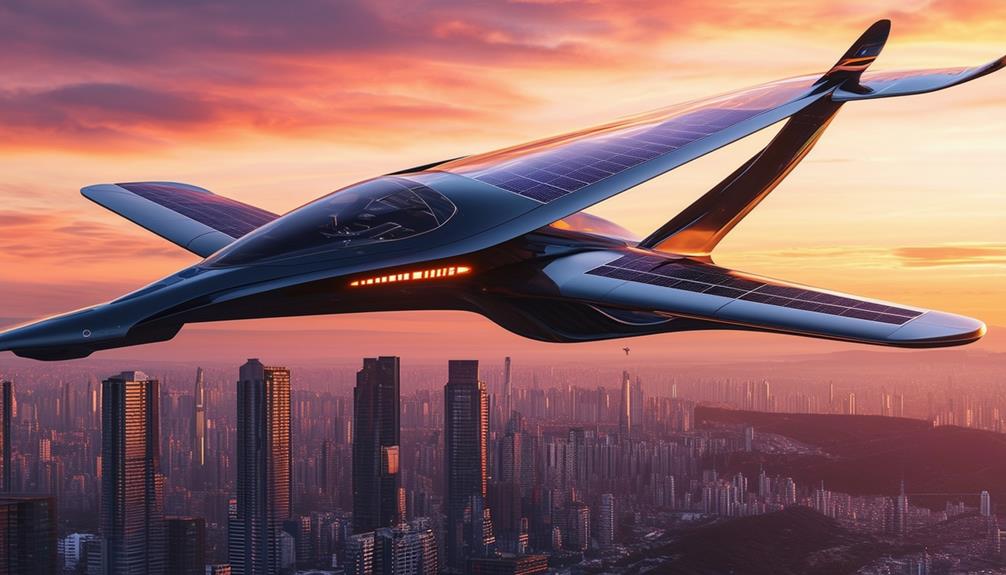
Future trends in glider design will emphasize enhancing aerodynamic efficiency and utilizing advanced materials like carbon fiber. Gliders will become sleeker and more streamlined, reducing drag and improving overall performance. The adoption of composite materials, especially carbon fiber, will make gliders lighter yet stronger, resulting in superior flight dynamics and durability.
Expect three major trends:
- Advanced Avionics: Modern gliders will incorporate sophisticated avionics and flight control systems. These advancements won't only optimize aerodynamic efficiency but also improve safety, providing a smoother and more secure flying experience.
- Electric Propulsion Systems: Electric propulsion is set to transform glider flying. By adopting electric systems, gliders will become quieter and more environmentally friendly, presenting a sustainable alternative to traditional propulsion methods.
- Autonomous Flying Technology: Research into autonomous flying technology is paving the way for self-flying gliders. These innovations will include advanced safety features, making gliding more accessible and safer for everyone.
The future of gliders is promising with these cutting-edge developments. Embracing these trends means participating in an exciting evolution in glider design, enjoying more efficient, safer, and sustainable flights.
Conclusion
You've witnessed the remarkable evolution of glider design, from its early prototypes to today's sophisticated models. Innovations in materials, aerodynamics, and instrumentation have significantly enhanced glider efficiency and safety.
Looking forward, advancements in electric propulsion and autonomous technologies are set to revolutionize the field. These future developments promise to make gliding more efficient, accessible, and thrilling for both enthusiasts and professionals.
The future of glider design holds limitless possibilities!



